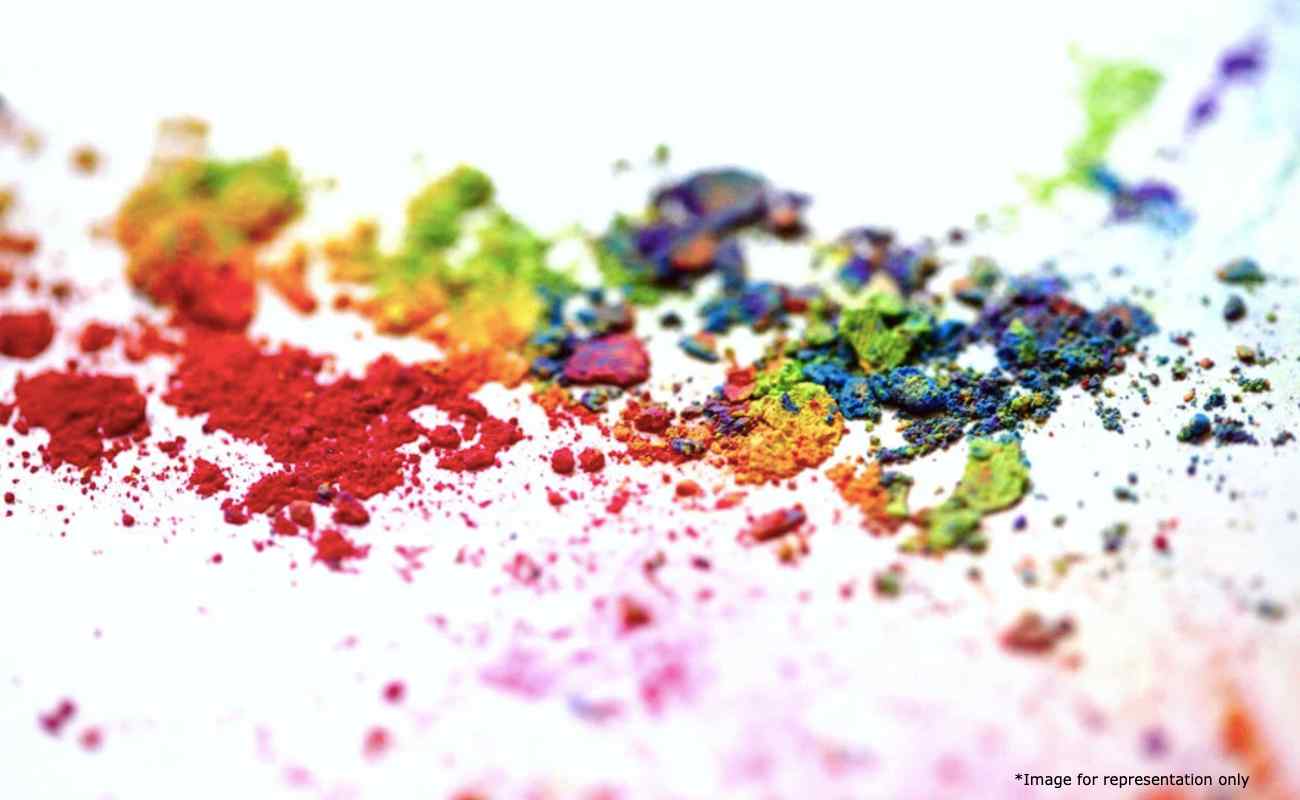Pigment dispersants for coatings; how to select and factor to consider
Pigment dispersants are an important component in the formulation of coatings. They are used to break down and distribute pigments evenly throughout the coating, resulting in a more consistent and uniform finish. The selection and use of pigment dispersants can have a significant impact on the performance and quality of the coating.
When selecting a pigment dispersant, it is important to consider the type of pigment being used, as well as the type of coating and application method. Some pigments, such as titanium dioxide, are more difficult to disperse than others, and may require the use of a specialized dispersant. Additionally, the viscosity of the coating, the method of application, and the desired final properties of the coating will all play a role in determining the appropriate dispersant.
One of the key factors to consider when selecting a pigment dispersant is the type of binder being used in the coating. Different binders will have different compatibility with different dispersants, so it is important to choose a dispersant that is compatible with the binder in order to achieve optimal performance. Additionally, it is important to consider the shear rate of the coating during the application process, as this will affect the ability of the dispersant to effectively distribute the pigment.
Another important factor to consider is the pH of the coating. Pigment dispersants are typically more effective within a certain pH range, so it is important to select a dispersant that is compatible with the pH of the coating. In addition, it is also important to consider any additional ingredients that may be present in the coating, such as surfactants or other additives, as these can also affect the compatibility of the dispersant.
Other factors to consider when selecting a pigment dispersant include the desired final properties of the coating, such as gloss, color, and durability. For example, some dispersants may be better suited for coatings that require high gloss, while others may be better suited for coatings that require more color intensity. Additionally, it is important to consider the cost and availability of the dispersant, as well as any potential environmental or safety concerns.
In conclusion, pigment dispersants are an important component in the formulation of coatings, and the selection and use of the right dispersant can have a significant impact on the performance and quality of the coating. Factors to consider when selecting a pigment dispersant include the type of pigment and binder being used, the viscosity and pH of the coating, the method of application, and the desired final properties of the coating. Additionally, it is important to consider any additional ingredients that may be present in the coating, as well as cost and environmental concerns. By carefully considering these factors, coatings manufacturers can ensure that they are selecting and using the most appropriate pigment dispersant for their specific application.

